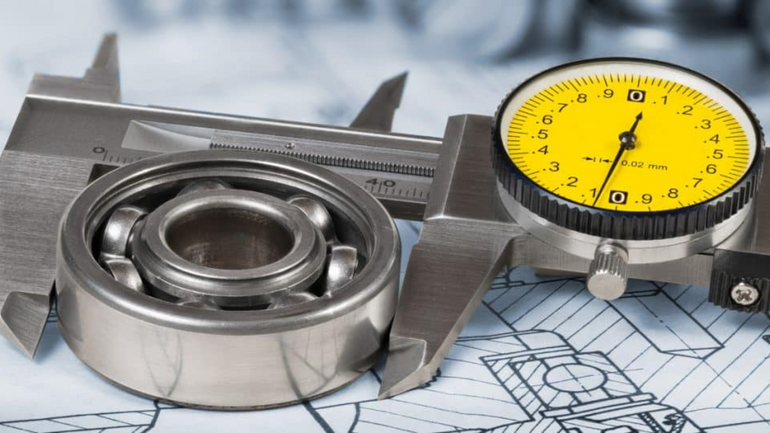Choosing the right bearing for a specific application can be a daunting task, especially when it comes to deciphering part numbers and size codes. However, understanding these codes is essential in selecting the right bearing for your needs. In this blog post, we will discuss how to choose bearings based on part numbers and size.
Part Numbers
Part numbers are a unique identifier assigned to each bearing by the manufacturer. They are used to identify the type, size, and other characteristics of the bearing. The part number is usually a combination of letters and numbers and can provide valuable information about the bearing's specifications.
The first part of the part number identifies the type of bearing. For example (*This is just an example and is not always used), a bearing with the prefix "R" is a ball bearing, while a bearing with the prefix "NU" is a cylindrical roller bearing. The second part of the part number identifies the bearing's size, such as its bore diameter, outer diameter, or width.
When choosing a bearing based on its part number, it is essential to ensure that the part number matches the requirements of your application. For example, if you need a ball bearing with a specific bore diameter, make sure the part number indicates that it has the correct size.
Size Codes
In addition to part numbers, bearings are also identified by size codes. These codes provide information about the bearing's dimensions, such as its bore diameter, outer diameter, and width. Understanding these codes can help you select the right bearing for your application.
The most common size codes for bearings are the ISO metric series and the inch series. The ISO metric series uses a four-digit code to identify the bearing's dimensions, with the first two digits indicating the bore diameter and the last two digits indicating the outer diameter. For example, a bearing with the code 6204 has a bore diameter of 20mm and an outer diameter of 47mm.
The inch series uses a similar system but uses fractions of an inch to identify the bearing's dimensions. For example, a bearing with the code 1/2" x 1-1/8" x 5/16" has a bore diameter of 1/2", an outer diameter of 1-1/8", and a width of 5/16".
When choosing a bearing based on its size code, it is essential to ensure that the bearing's dimensions match the requirements of your application. For example, if you need a bearing with a specific bore diameter, make sure the size code indicates that it has the correct size.
Conclusion
Choosing the right bearing for your application requires an understanding of part numbers and size codes. By understanding these codes, you can ensure that the bearing you choose has the correct specifications for your needs. Remember to always consult with the manufacturer or a bearing specialist if you have any questions or concerns about selecting the right bearing for your application.


